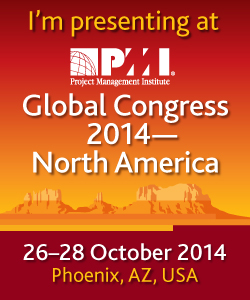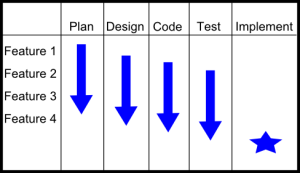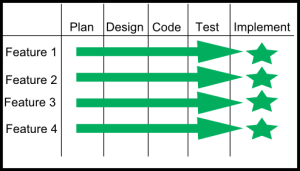The demand for project resources always exceed the supply of resources. Always. Even at the Department of Defense, with $700B, cannot meet the demand for resources.
The key in success in projects is to manage supply and demand. Most organizations fail. Most fail because they simply don’t know the supply of project resources. Or the demand. Other than that, they’ve got it under control!
Supply
The supply of resources is typically people. Organizations know how many people they have. They may make a crude estimate of person-hours available (number of people X 40 hours, for example). This is wrong. This over-estimates the supply. Your employees do not dedicate 40 hours per week to projects even if they have no operational responsibilities. By the time you subtract staff meetings, time off, HR, and training, it’s closer to 30 hours per week.
The only way to accurately measure supply is to track time. Every employee on a project should track their time. Soon, within months, you’ll have a better number for supply.
Demand
Measuring demand is also beyond most organizations. They don’t do sufficient project planning and therefore don’t know how much time is estimated per project.
The only way to accurately measure demand is to track time. Every employee on a project should track their time. Soon, within months, you’ll have a better number for demand. The best way to estimate time for future projects is measuring time on current projects. Your estimates will continually get better. But only if you track time.


